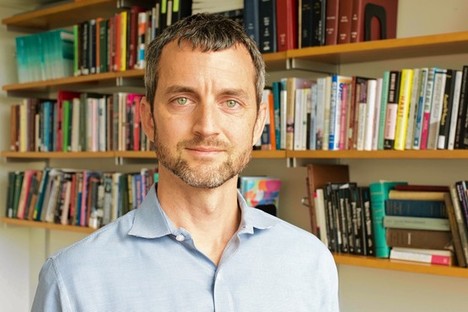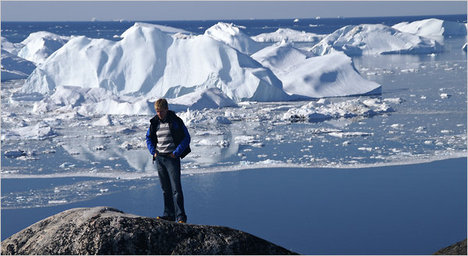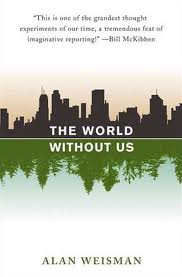(p. D1) When he returns home from the stadium, Philadelphia Phillies shortstop Freddy Galvis often gets into bed and watches reruns of “Friends.”
. . .
For at least one generation of Americans, “Friends” endures as a cultural touchstone, a glowing chunk of 1990s amber. But its runaway popularity stretched far beyond the United States, and for some Latino baseball players it is something more: a language guide, a Rosetta Stone disguised as six 20-somethings commingling in a Manhattan apartment.
And also just a funny show.
“Now that it’s on Netflix, I always put it on and watch it,” said Mets infielder Wilmer Flores, 26, who is from Venezuela. “When I get up in the morning, I turn on the TV, and whatever episode is there I’ll watch and keep watching. I stop it when I come to the stadium. When I come home from the stadium, I pick up where I left off.”
What has the sitcom done for his English proficiency?
“It’s near perfect,” said Flores’s teammate, Jerry Blevins, who is from Tennessee. “When he doesn’t know something, it’s surprising.”
. . .
(p. D2) For Galvis, the English-language broadcast with Spanish subtitles on Venezuelan television, was an excellent learning tool. “You can compare what’s going on that way,” he said. “If they say ‘happy,’ you see he’s happy and the subtitle says ‘feliz’, then you can learn. You might not learn 100 percent, but you’ll learn to associate.”
. . .
Like Flores, Galvis is evangelical about “Friends.” He tells young Spanish-speaking players that he is living proof that consuming popular culture in English can help. And although he is now a capable English speaker, he still watches “Friends” with subtitles in Spanish so that his wife can learn English.
Marta Kauffman, one of the creators of the show, said she was delighted to hear about its unlikely and unintended impact on certain players. She compared the phenomenon to how Viagra was originally designed to treat heart problems but later was embraced for a very different purpose.
For the full story, see:
JAMES WAGNER. “For Some Major Leaguers, It’s Always Great to See ‘Friends’.” The New York Times (Mon., SEPT. 18, 2017): D1-D2.
(Note: ellipses added.)
(Note: the online version of the story has the title “‘Friends,’ the Sitcom That’s Still a Hit in Major League Baseball.”)




